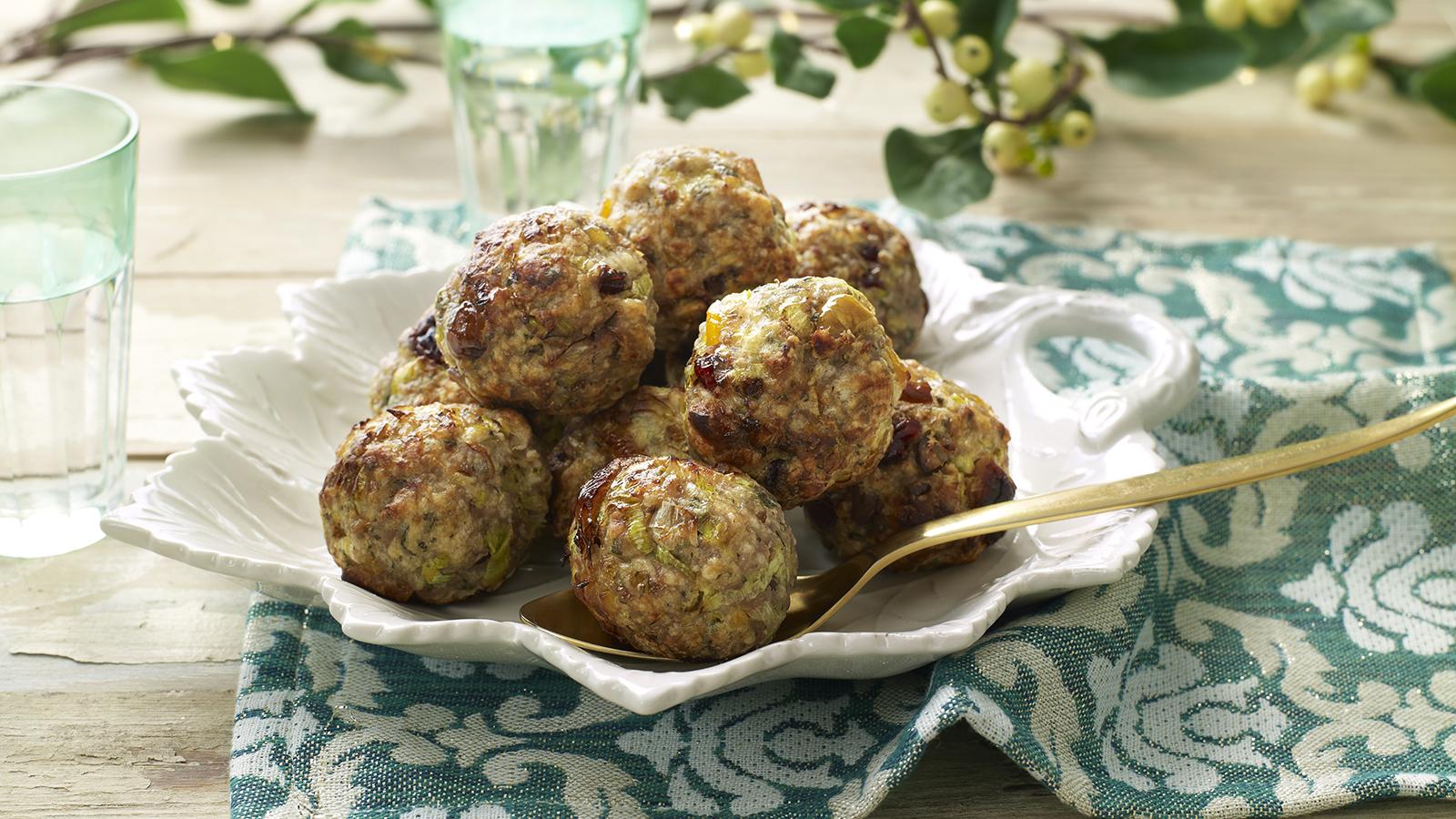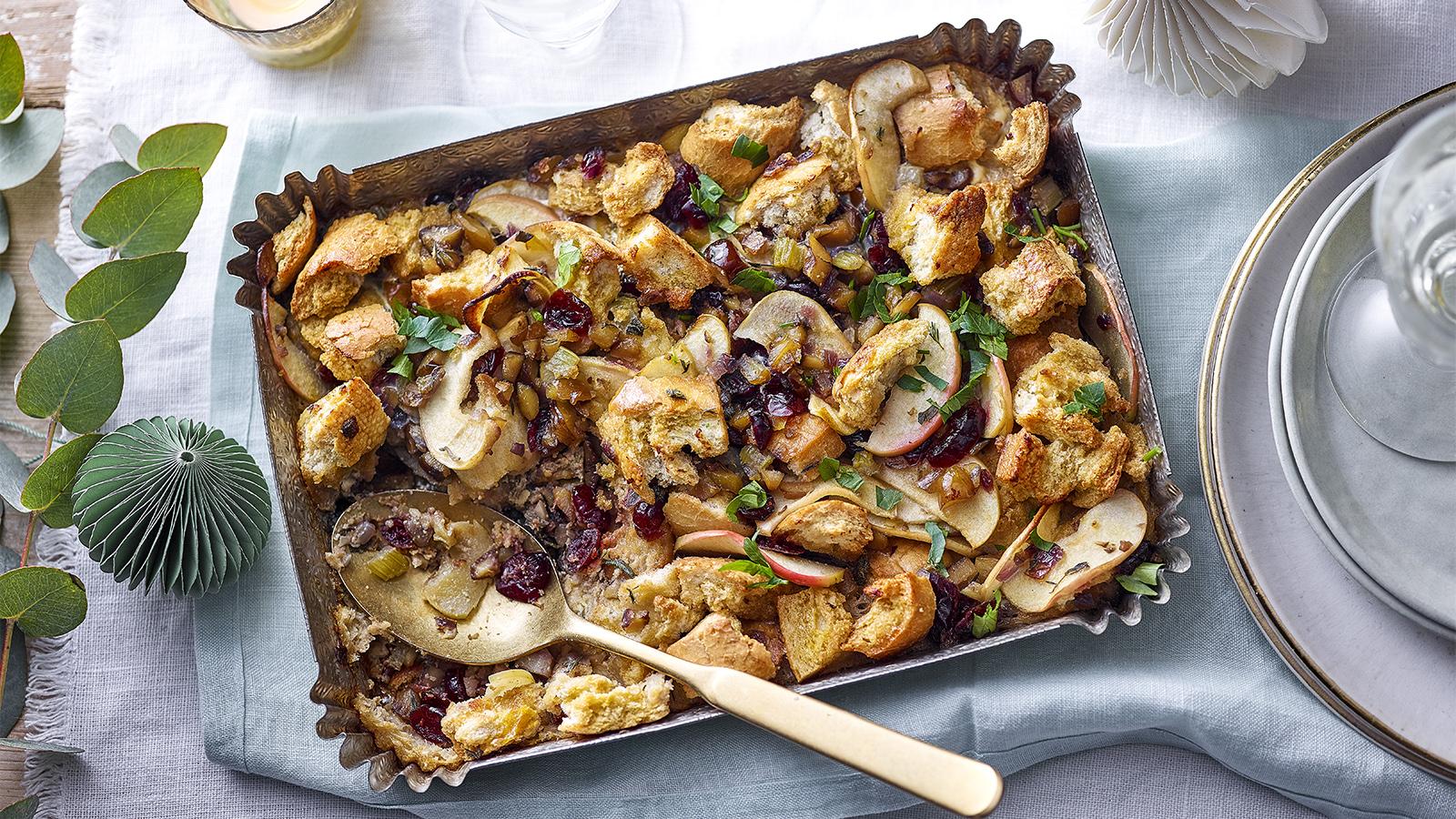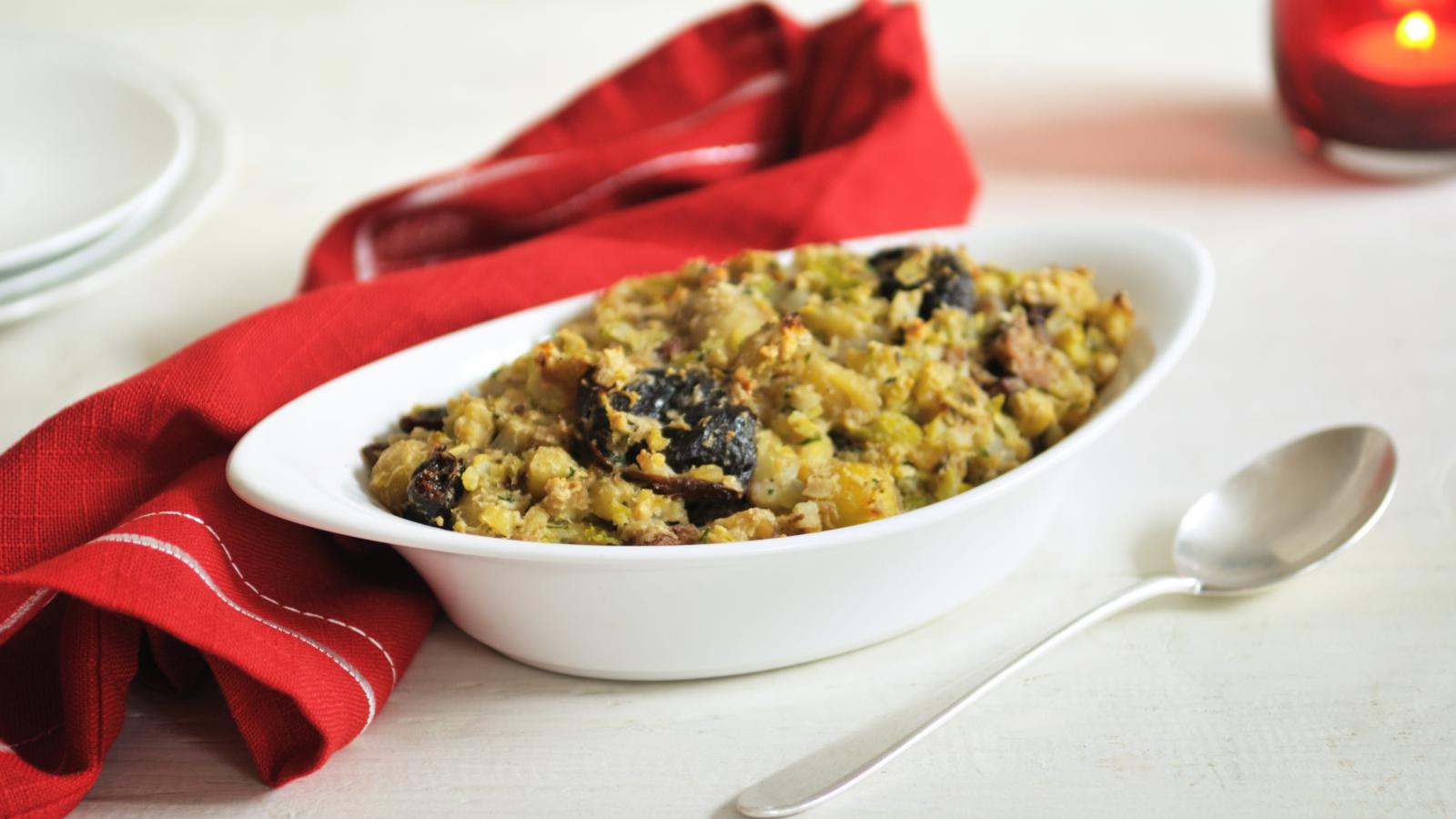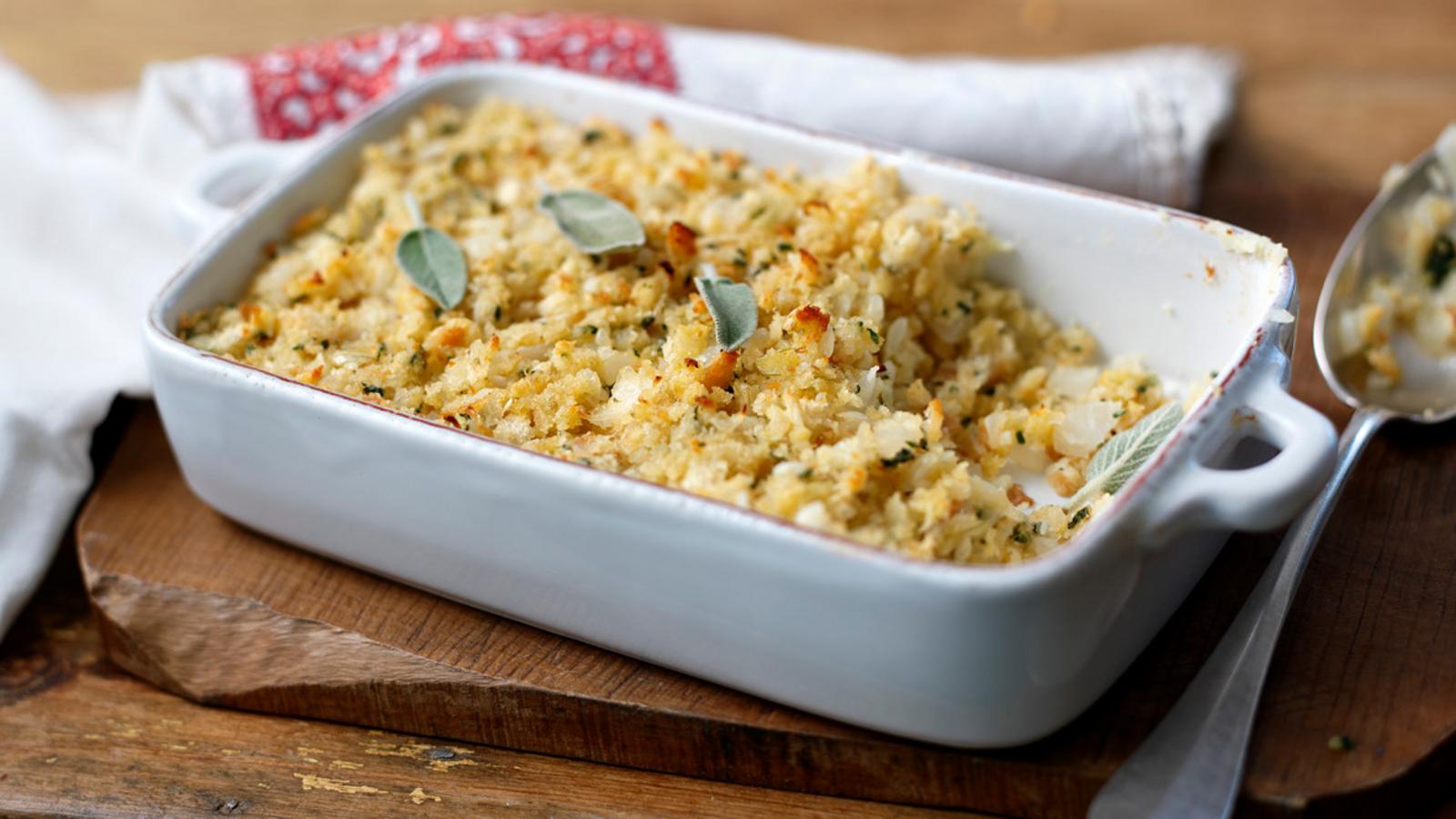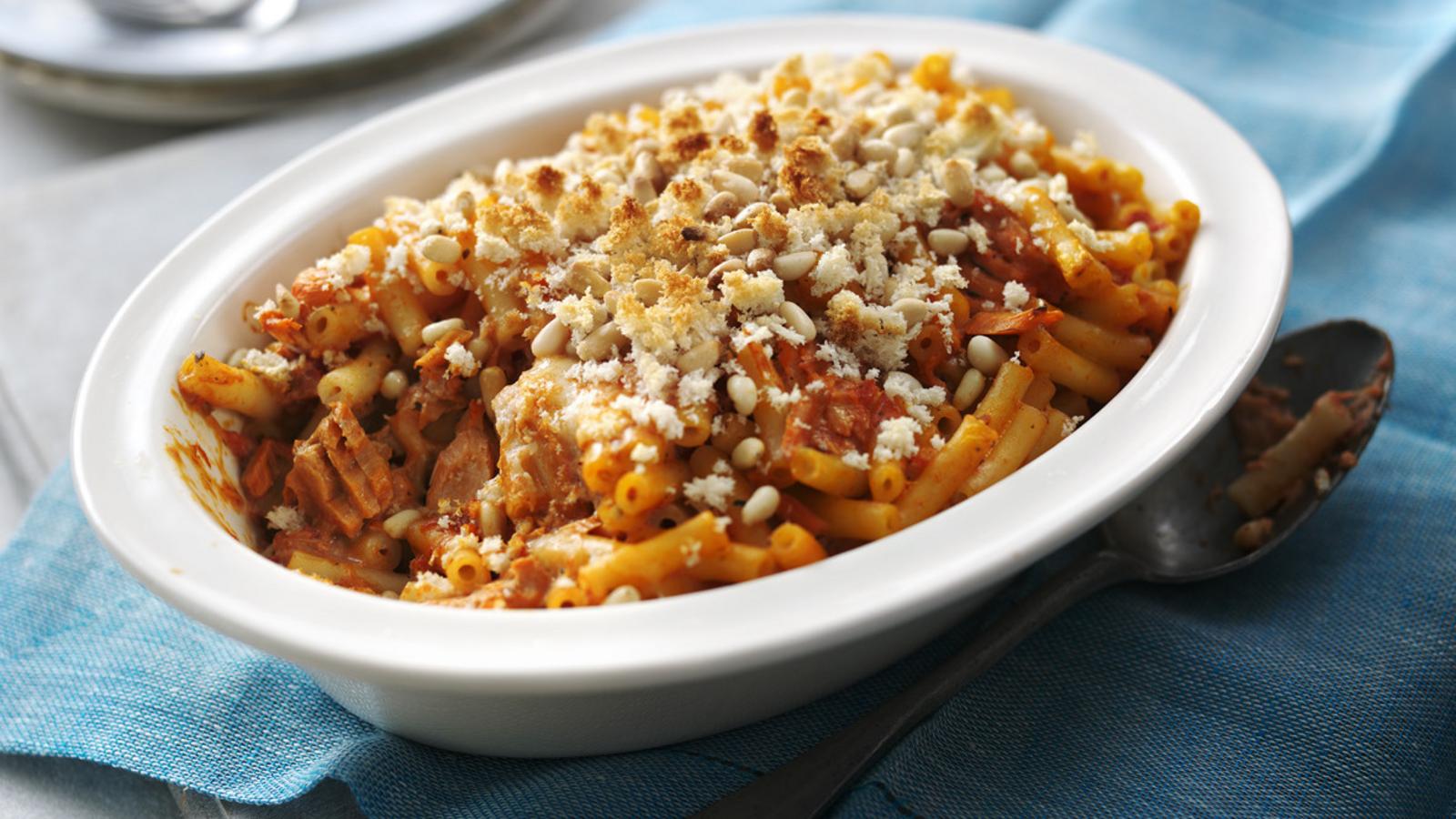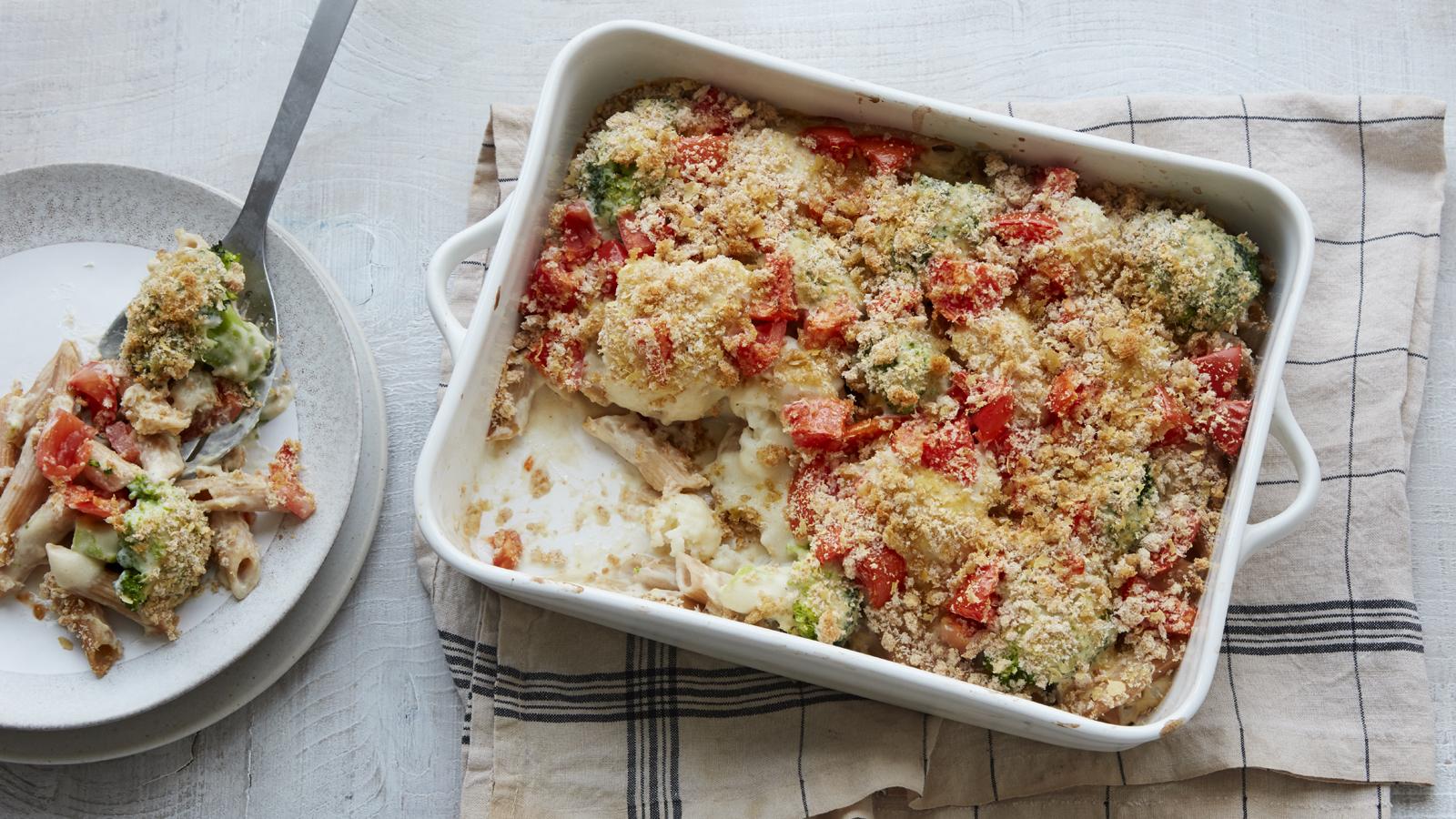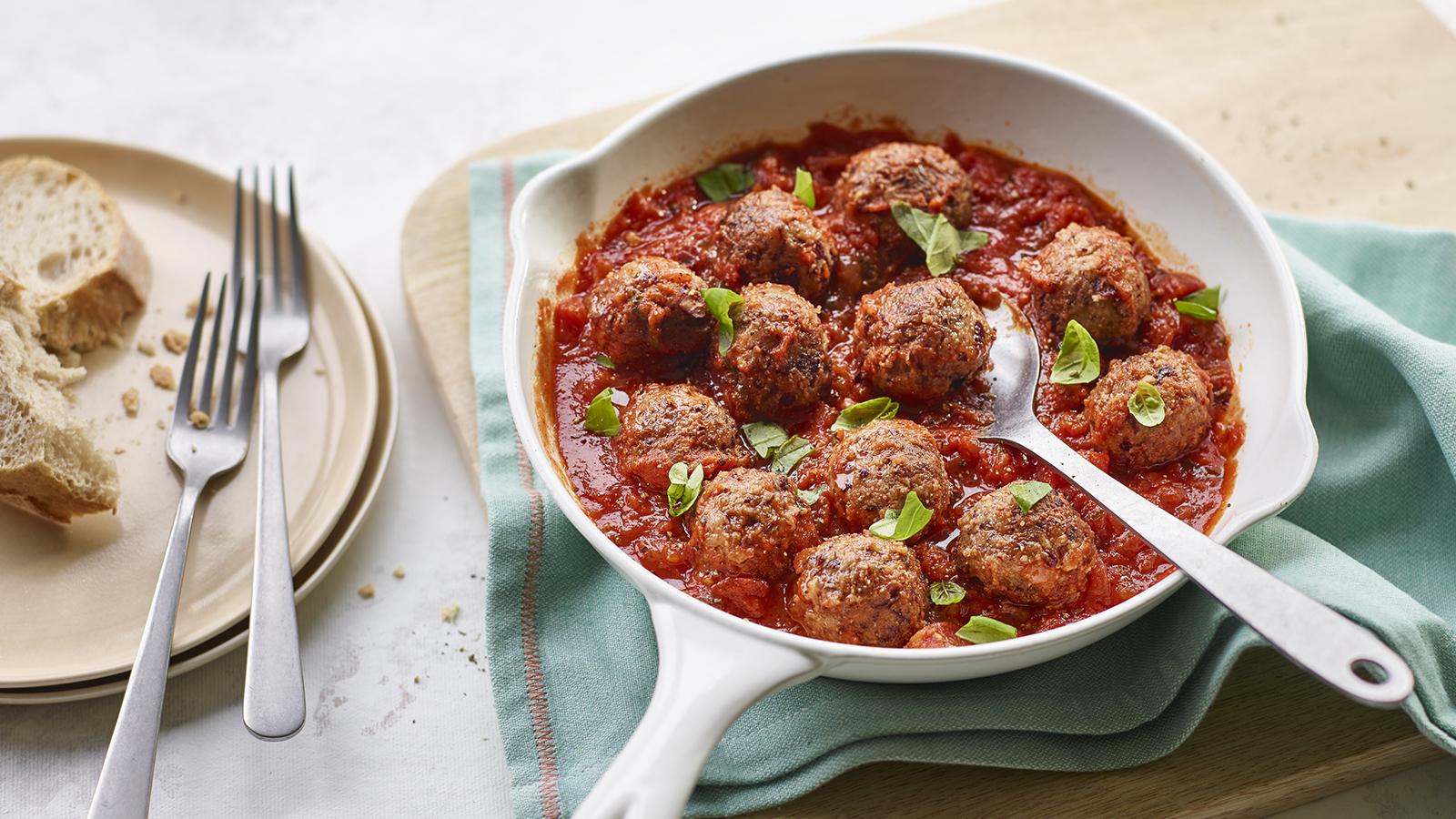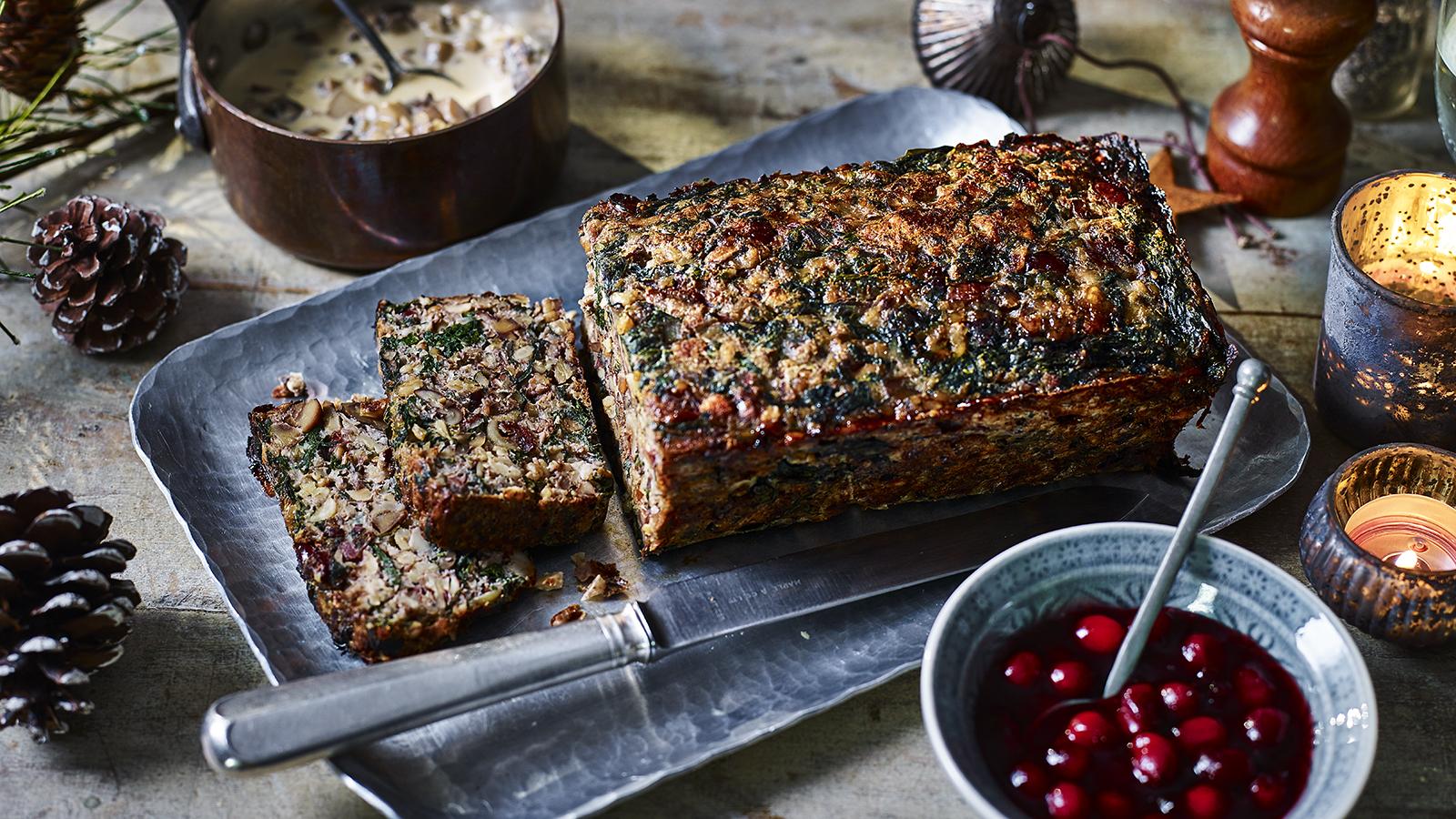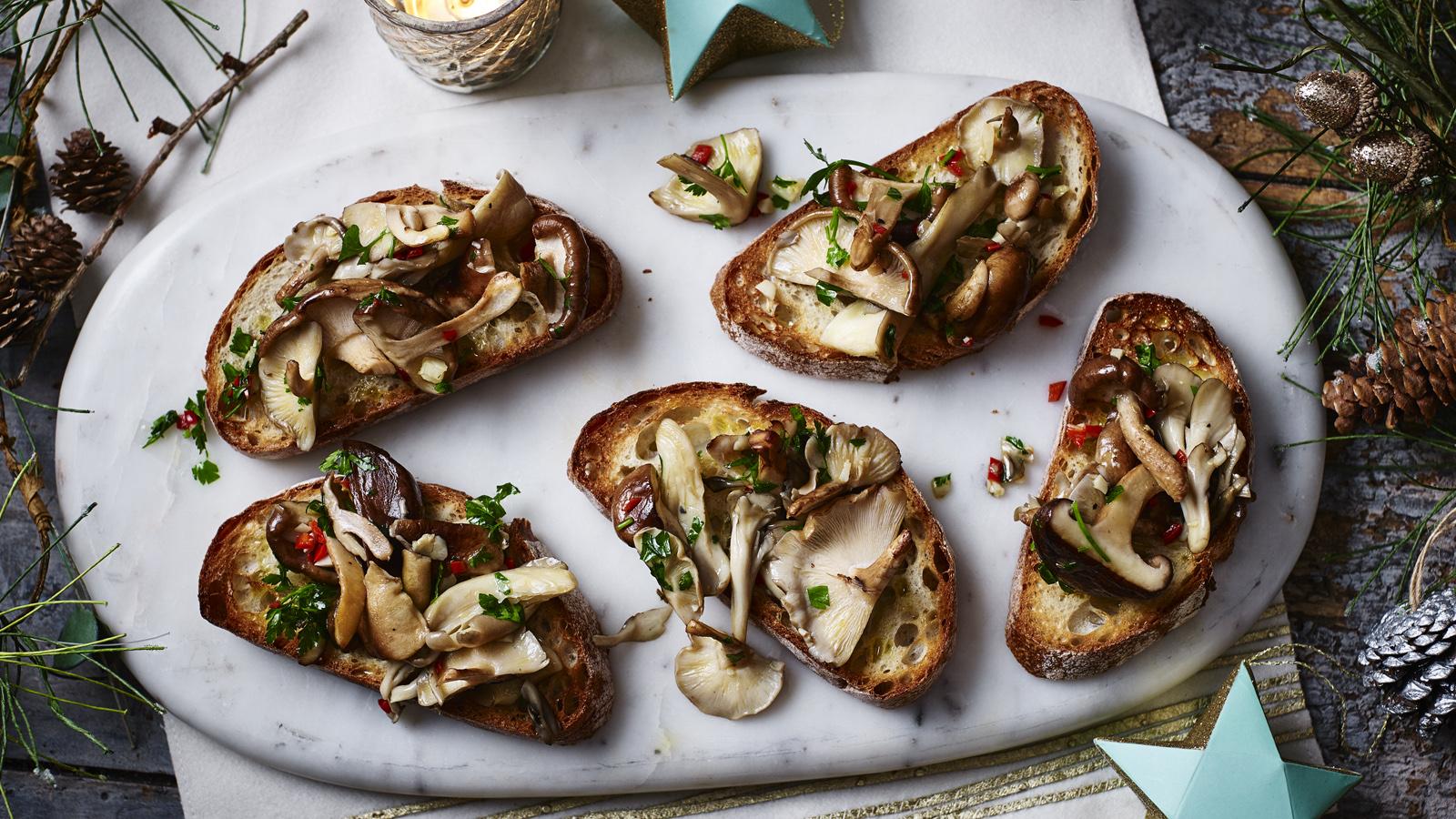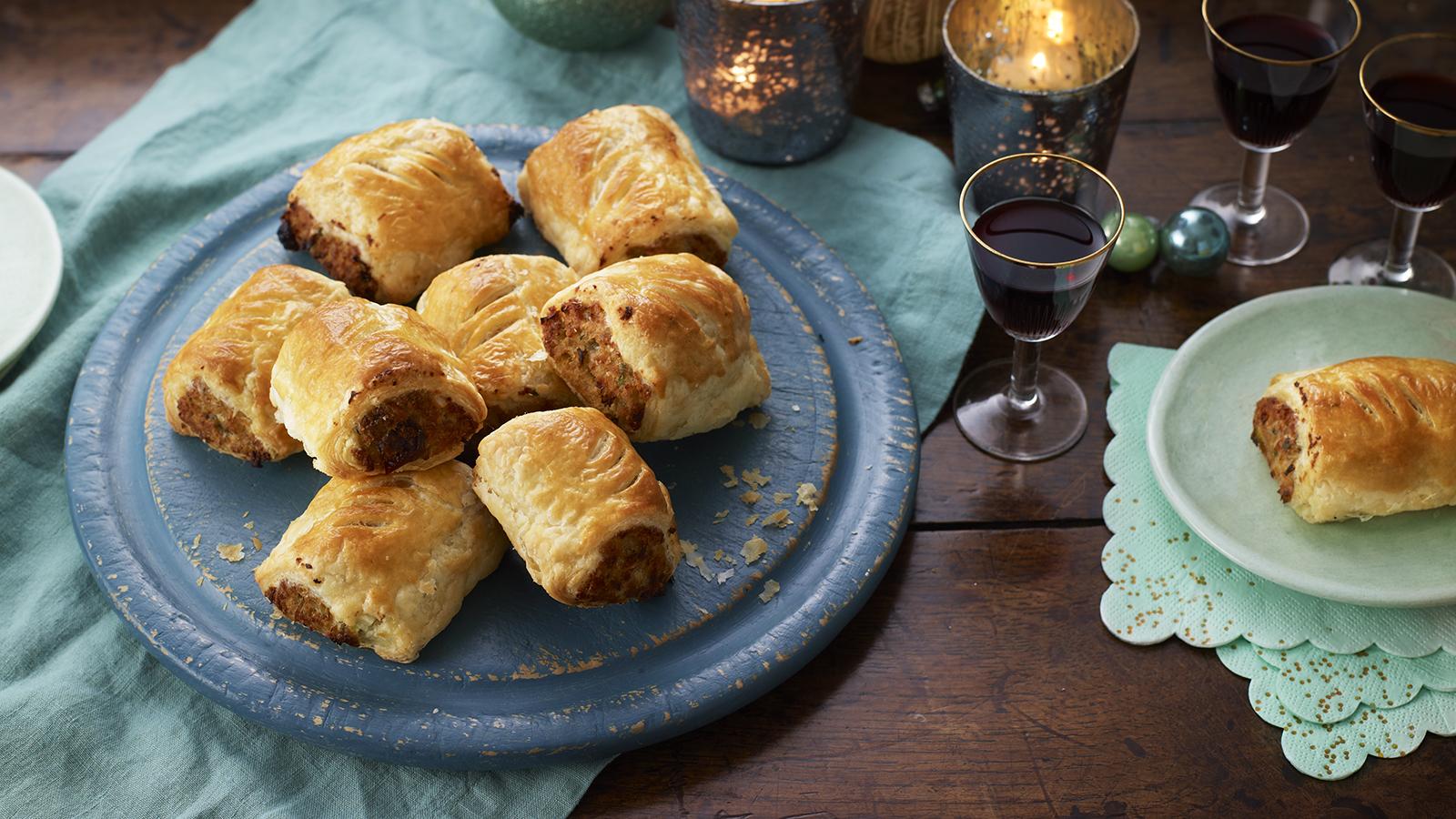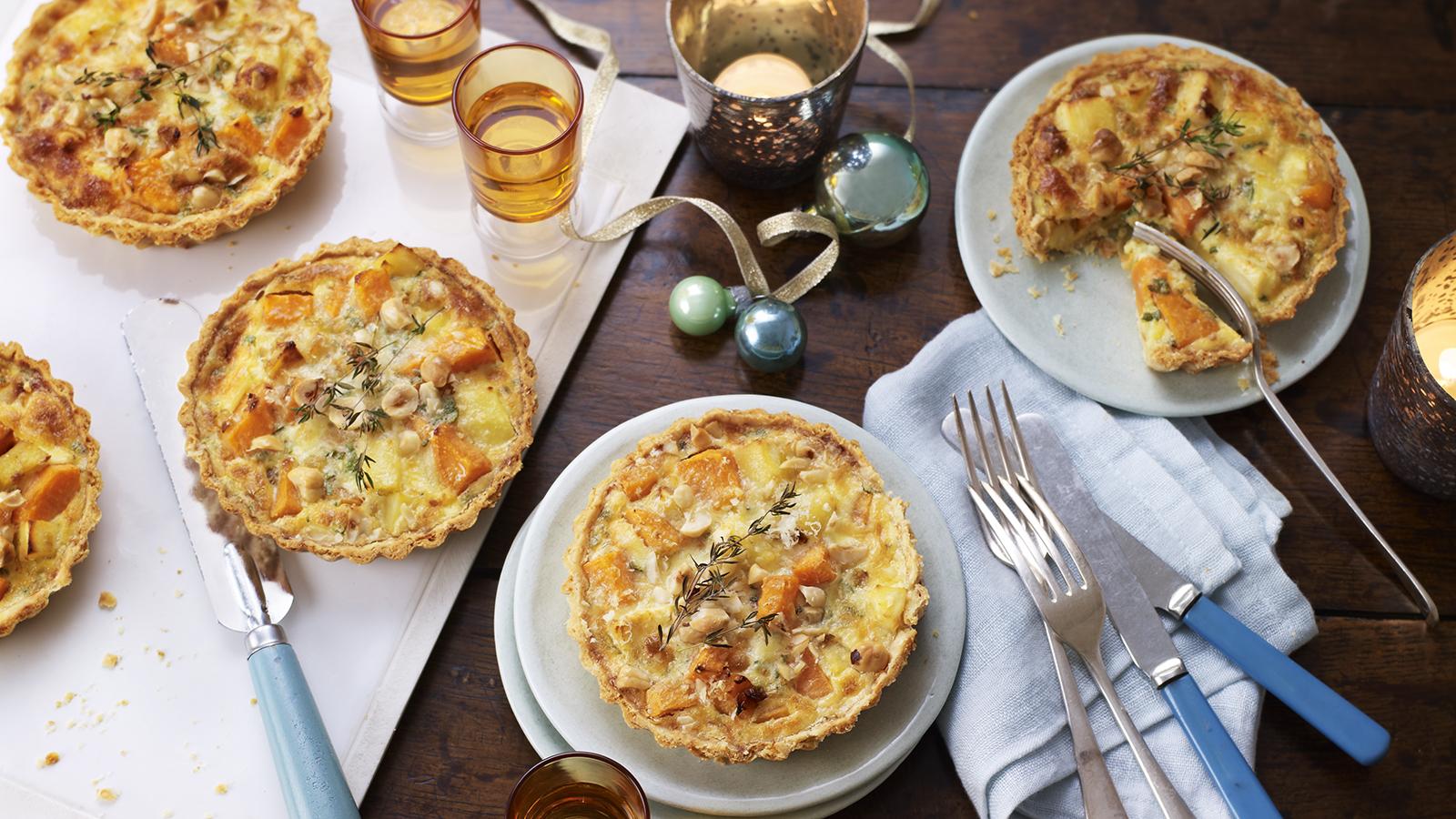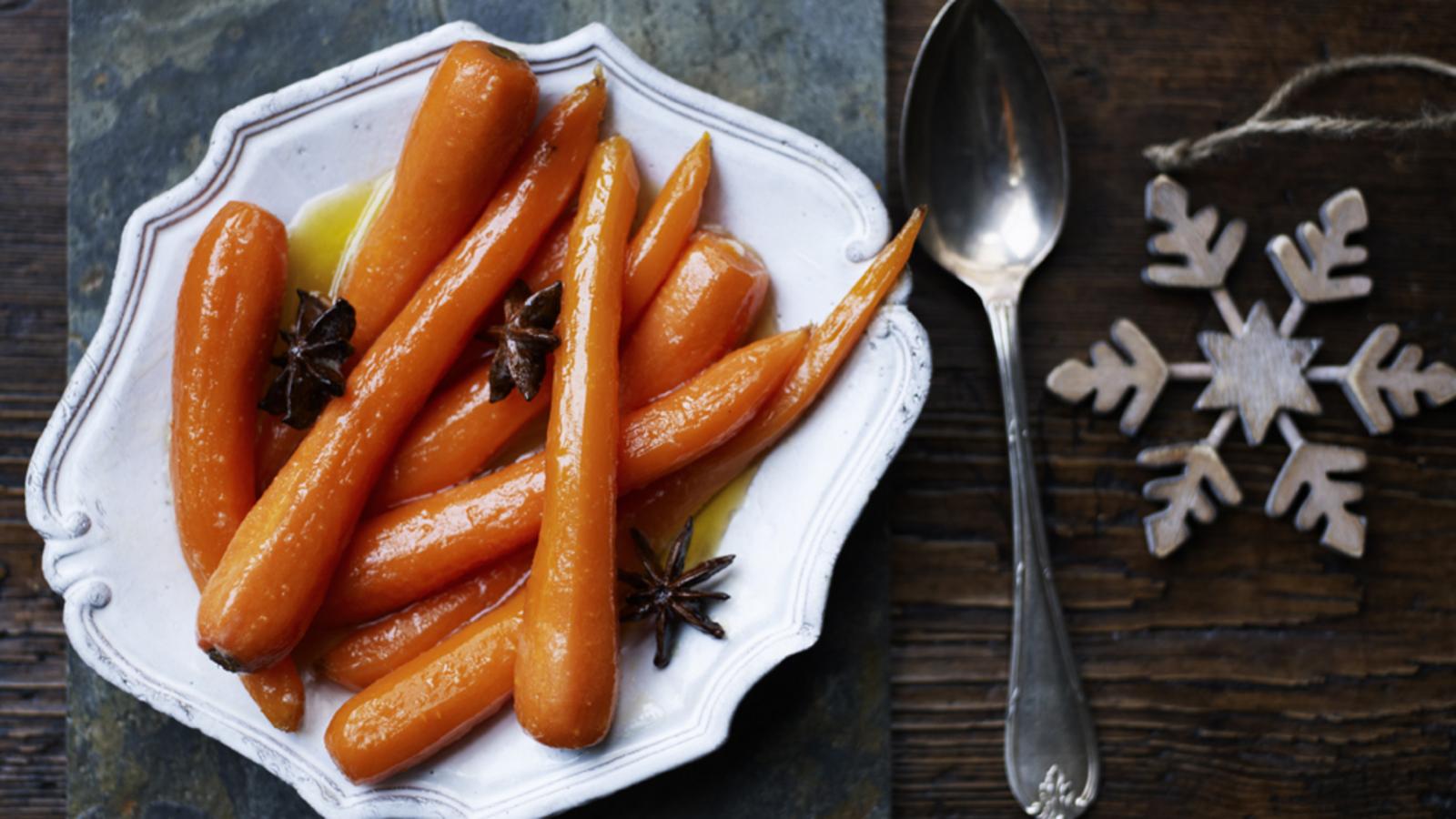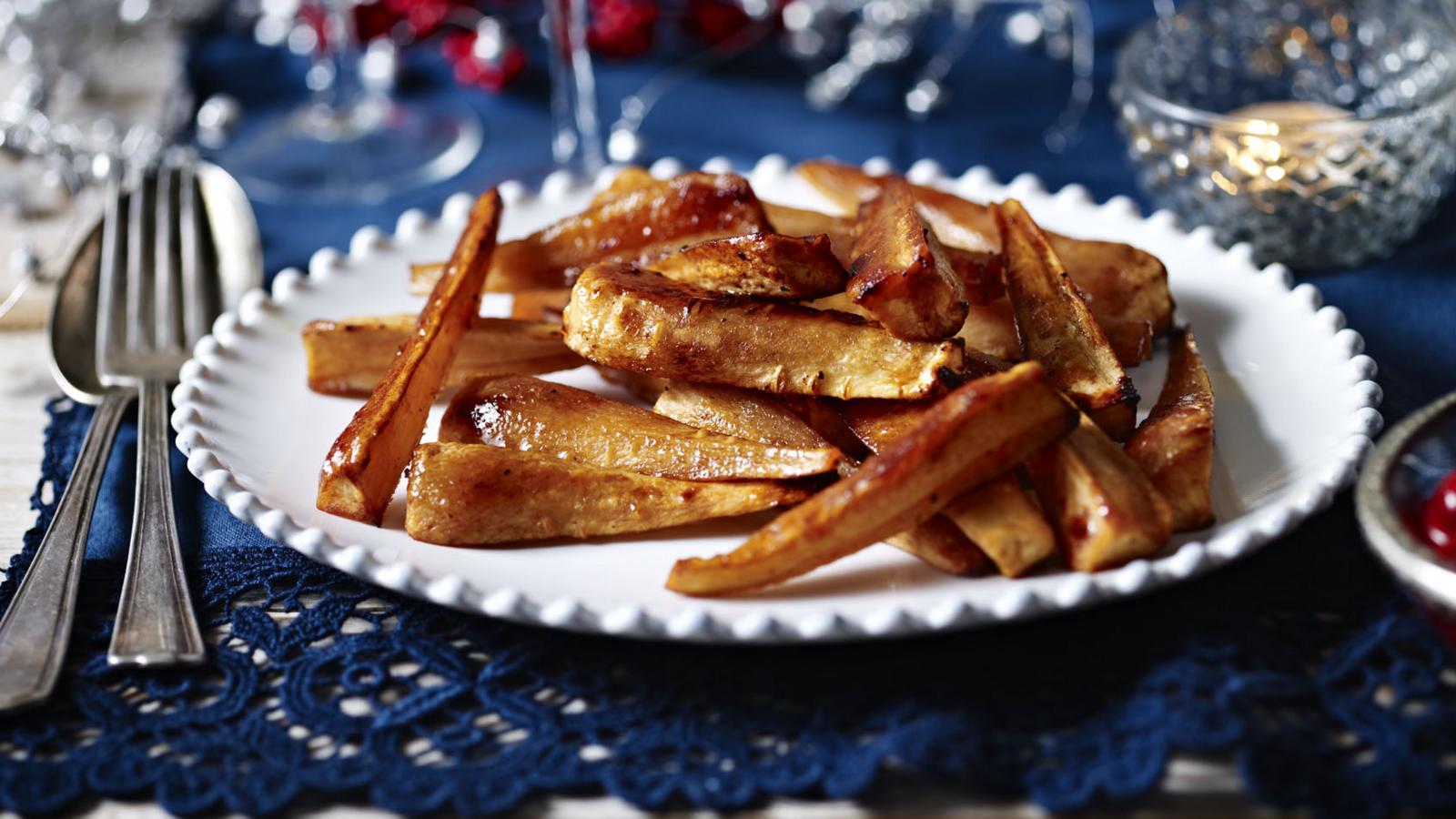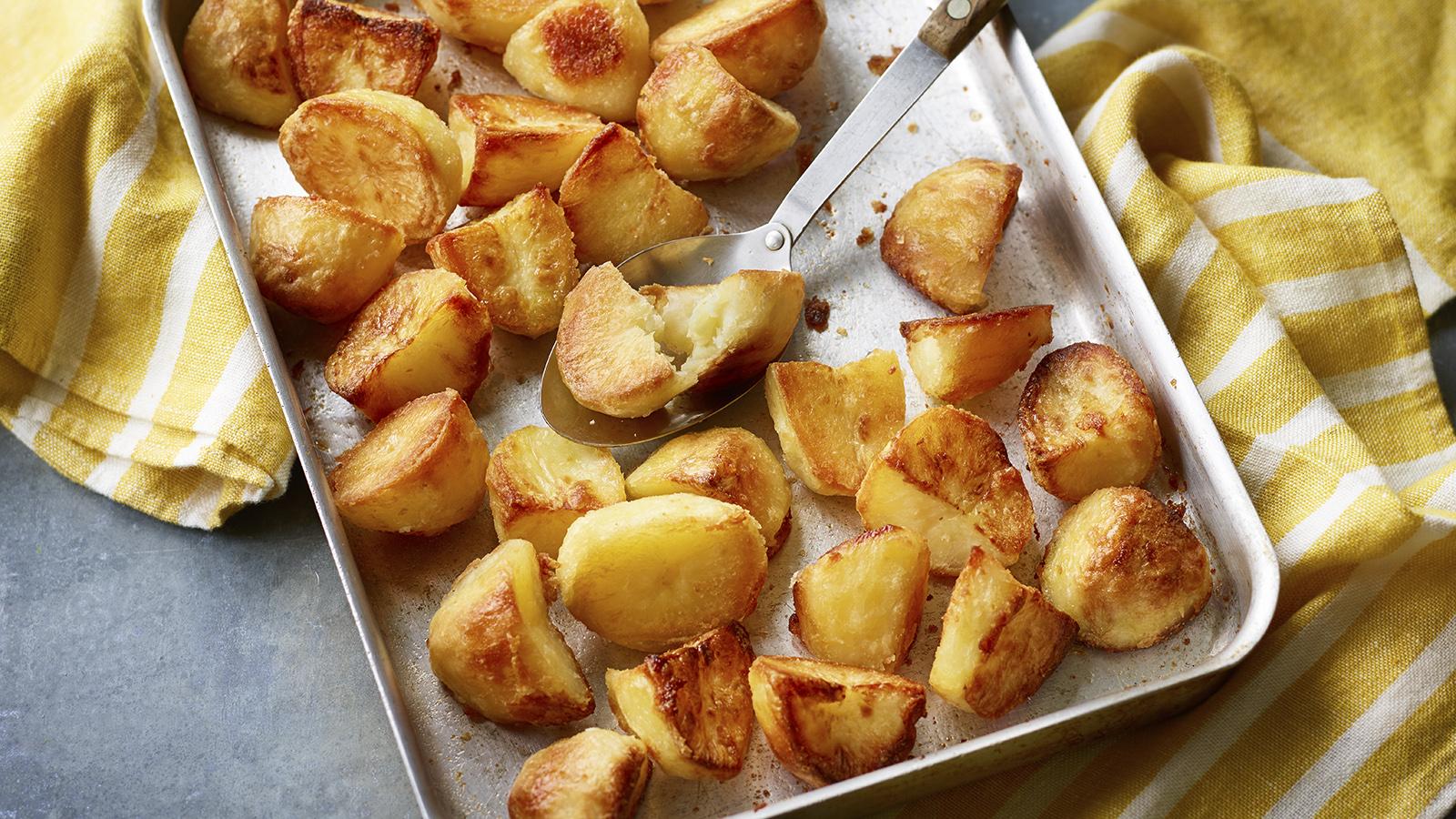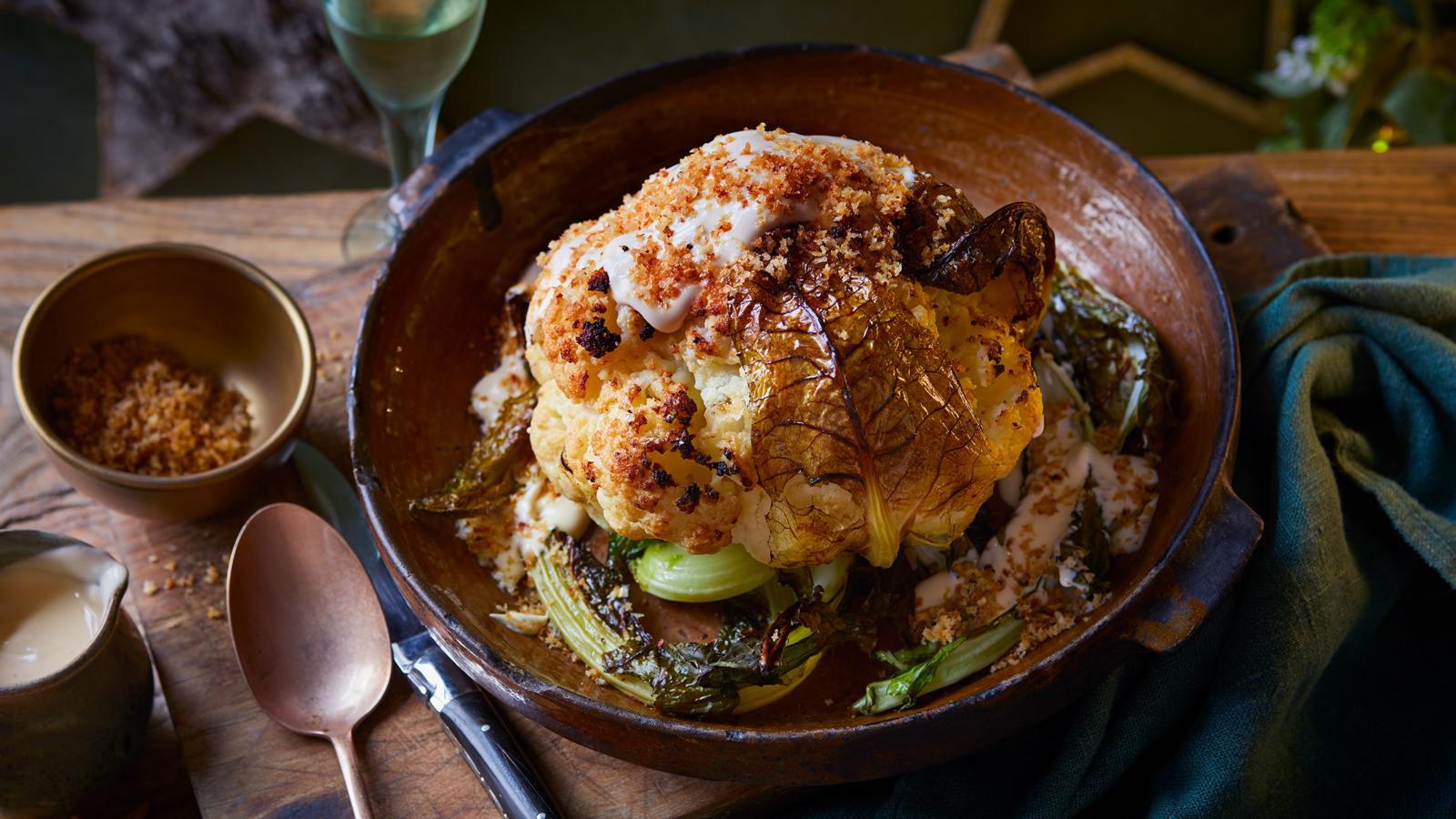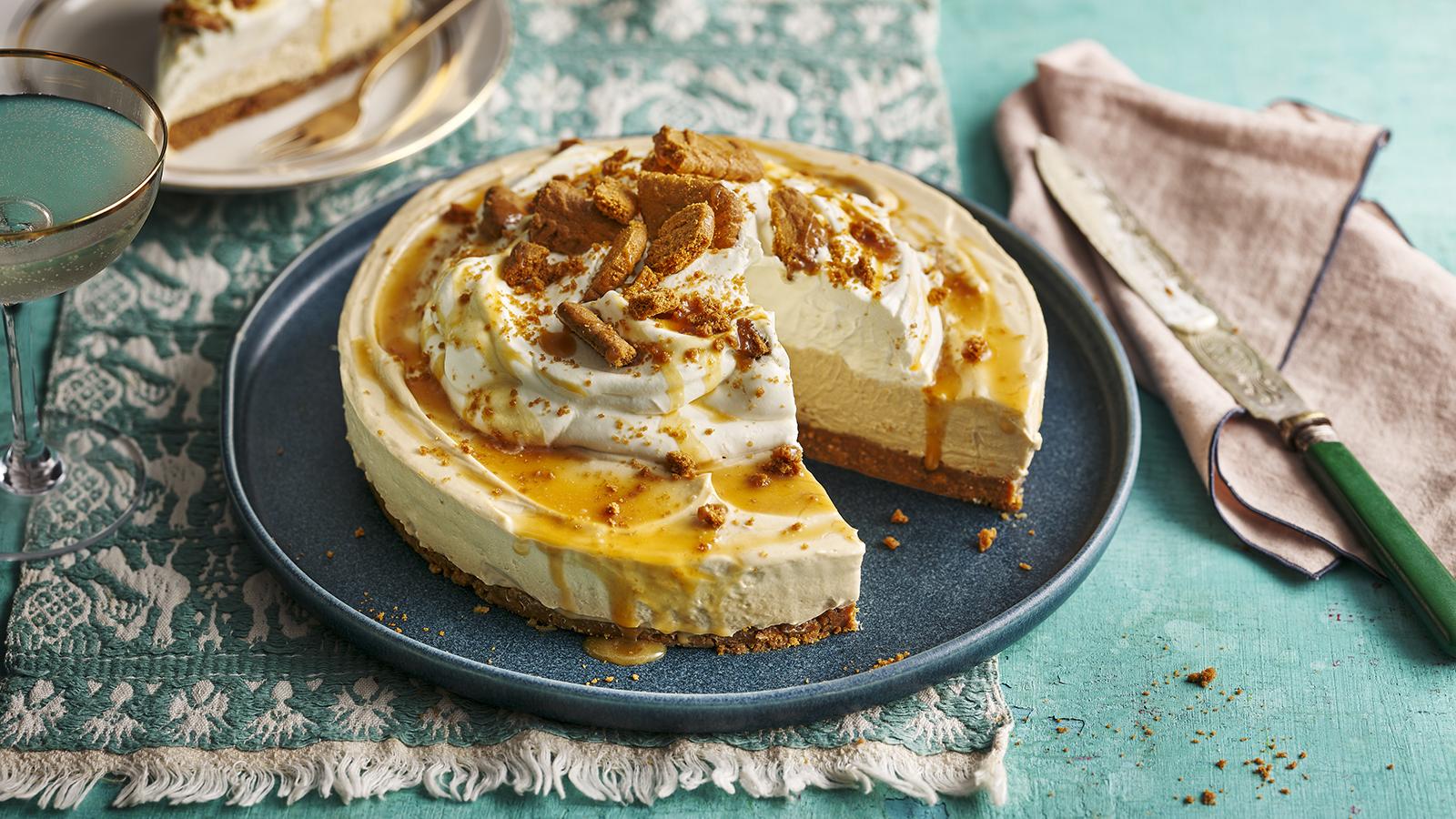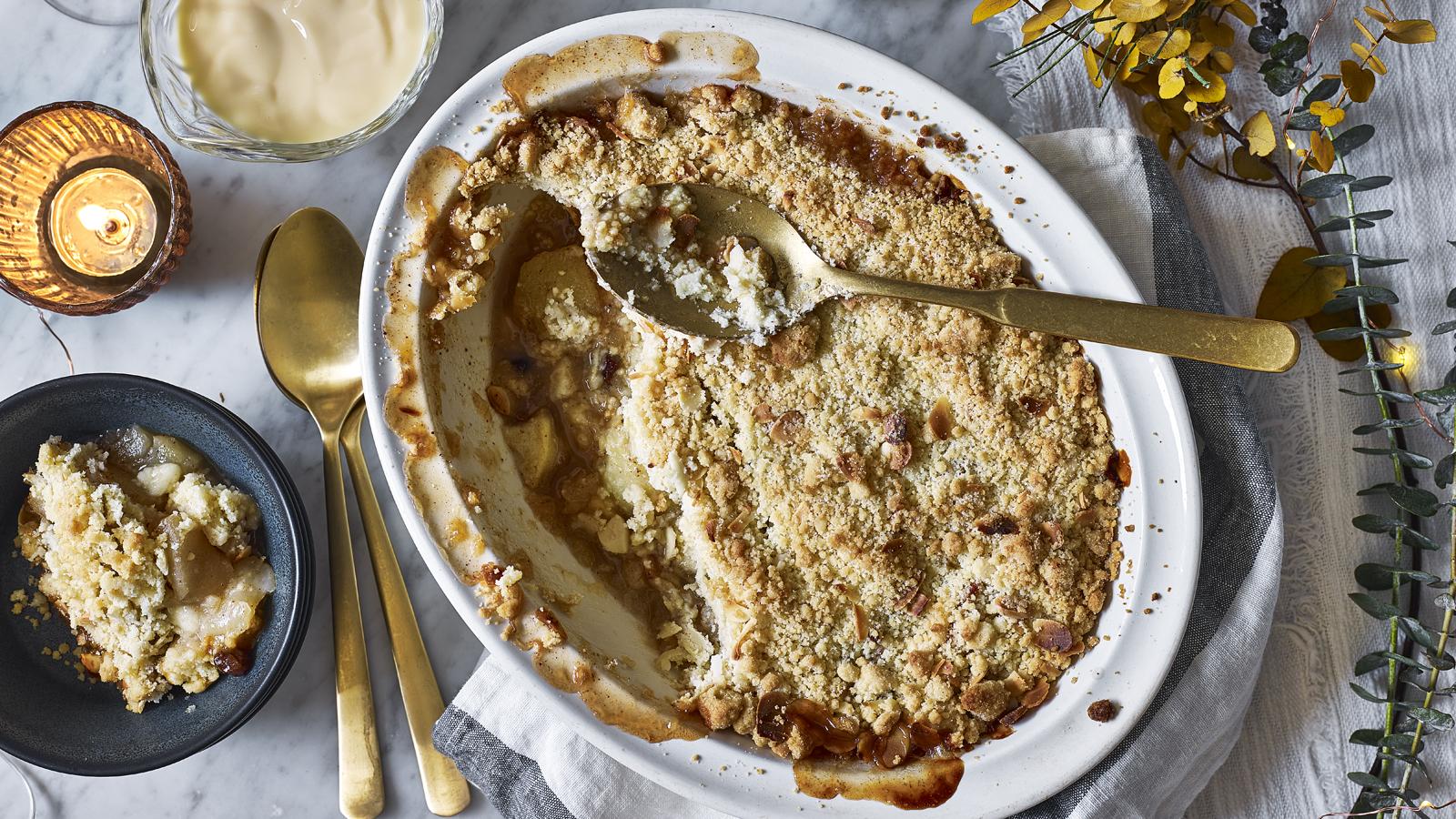Sage and onion stuffing
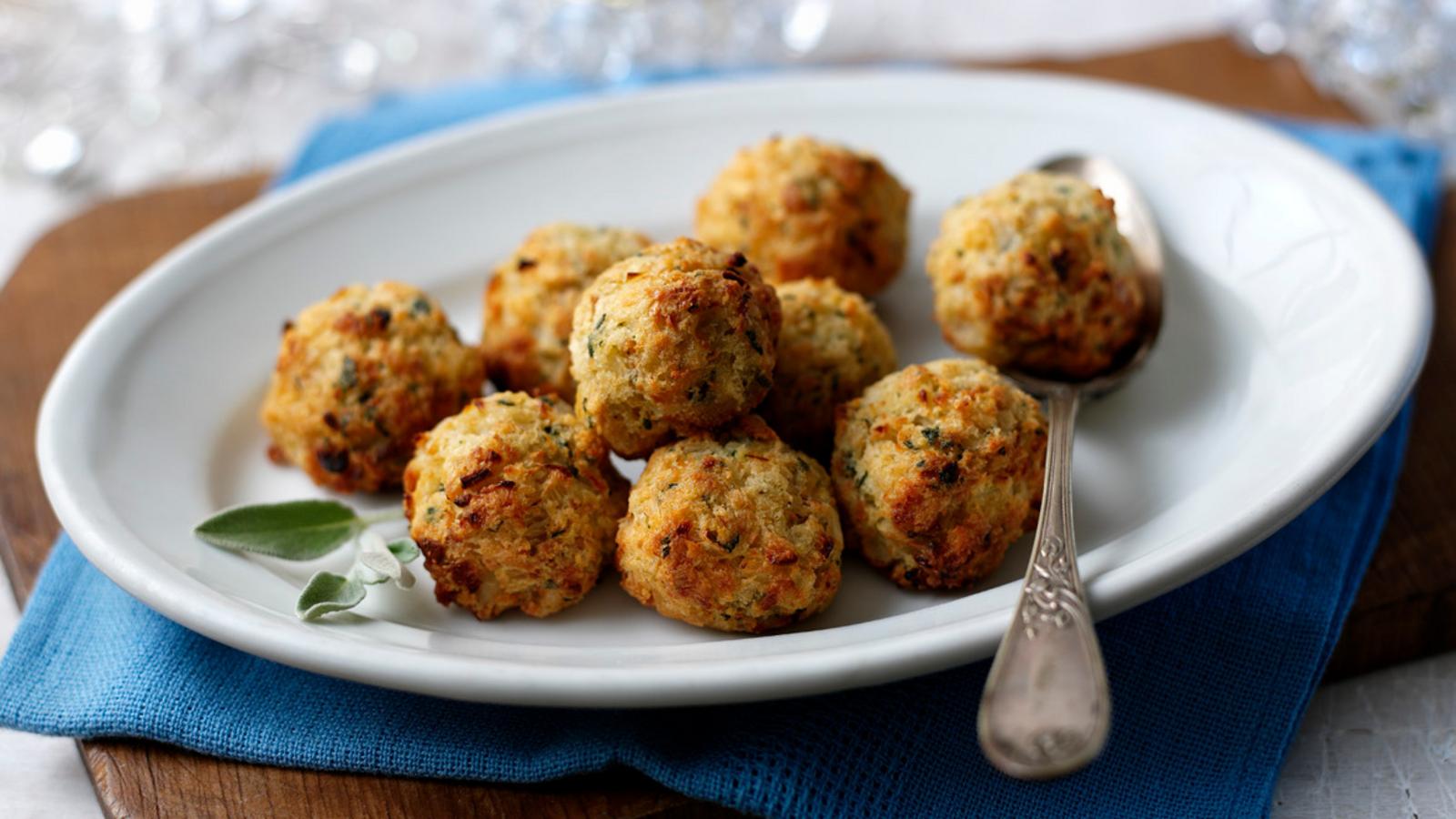
- Prepare
- less than 30 mins
- Cook
- 30 mins to 1 hour
- Serve
- Serves 6
- Dietary
- Dairy-freeNut-freeVegetarian
Use our best stuffing recipe to make classic sage and onion stuffing balls with no "box" flavour. This stuffing is great for vegetarians or to stuff your turkey this Christmas.
This recipe makes quite a modest amount, so feel free to double or treble it if you really like stuffing.
Ingredients
- 1 onion, peeled and finely chopped
- 1 tbsp vegetable oil
- 1 tbsp fresh sage, finely chopped
- 80g/3oz fresh white breadcrumbs
- salt and pepper
- 1 egg, beaten
Method
Gently fry the onion in the oil, until soft but not coloured
Mix together the onion, sage and breadcrumbs and season well. (If unsure, you can test seasoning levels by frying and tasting a small patty of your stuffing once mixed. You can then adjust to taste.)
Add enough of the beaten egg to bind the mixture together and use to stuff meat or poultry or to roll into individual stuffing balls.
If making stuffing balls, cook in a roasting tin for 30 minutes.
Recipe tips
Is it better to make stuffing the night before?
To save time on Christmas morning, you could make your stuffing the night before. If you do, the important thing to remember is to allow any cooked ingredients, such as onions, to cool completely before adding the other ingredients. And to keep in the fridge at 5C or lower until 30 minutes before using. If you use dried breadcrumbs, you could find that the stuffing stiffens up too much, but this can be easily corrected by adding a little beaten egg or a splash of water. Keep sausagemeat or any other raw meat separate and then combine just before cooking. You will need to ensure that the stuffing is piping hot and reaches a safe eating temperature of at least 75C before serving.
To save space in your oven, you could also cook your stuffing completely the day before. Either make into balls or bake in a small roasting tin, or ovenproof container then allow to cool, and chill overnight. Cover with greased kitchen foil and reheat thoroughly in the oven while the turkey is resting, or reheat in a microwavable container until piping hot throughout.
How to make stuffing ahead and freeze
Uncooked stuffing can also be frozen for up to 3 months. Cook it from frozen to save fridge space, adding around 50% extra time to make up for the chill factor.
How to stuff a turkey or chicken
To stuff a turkey or chicken, place the bird in a well-oiled roasting tin with the neck cavity facing you. Lift up the neck skin flap and take a handful or two of your stuffing mixture. Place into the neck cavity to make a nice plump shape then pull the neck flap back around it and tuck in underneath the breast. The weight of the bird should hold it in place, but you can also use a metal skewer to secure the skin. As the skin has been stretched, this part of the bird can sometimes overbrown during roasting, so make sure to cover with oiled baking paper as well as kitchen foil, until the last 30 minutes of the cooking time.
It’s best to stuff only the neck end of a turkey, rather than putting the stuffing into the body cavity. This is because it takes a long time for the heat to penetrate from the outside of the bird to the stuffing, which could leave you with an overcooked bird before the stuffing is ready. Uncooked stuffing is a food safety risk. By putting it into the neck cavity, close to the breast, the stuffing can cook more quickly and evenly.
Any excess stuffing can be rolled into balls and cooked alongside the turkey. They will take around 30 minutes, depending on the temperature of your oven and the size of your balls.
You can put onion or lemon wedges and a few fresh herbs, such as bay, thyme and rosemary loosely inside the turkey cavity to help infuse it with extra flavour, but make sure you don’t fill it as there needs to be plenty of space for the hot air to circulate and cook the meat.
Are you supposed to cook stuffing before putting it in a turkey?
You don’t need to cook stuffing before putting into a turkey, but you might need to cook certain ingredients. So, for instance, if you have a traditional sage and onion stuffing like the one above, you gently cook the onion before adding to the other ingredients. Cooking things such as onion, garlic and leeks, or other vegetables, before using as a stuffing softens and mellows the flavour. Raw egg is often used to bind a stuffing and is added raw, as is sausagemeat which also binds a stuffing, while adding flavour and helping the meat to go further.
What is traditional stuffing made of?
A traditional British stuffing is made from bread, onion, egg, herbs and seasoning, but can also contain sausagemeat, or other minced meat, fresh or dried fruit, vegetables and nuts. It is often served inside, or alongside, roasted meat, such as turkey. Stuffings made from breadcrumbs and finely chopped or blended ingredients can be rolled into balls or placed in the neck cavity of poultry, whereas chunky stuffings with cubed bread and roughly chopped nuts or dried fruit is better cooked in a roasting tin or shallow baking dish. American stuffings tend to be bread based, with a looser texture.
Is stuffing better with or without eggs?
Beaten egg is useful for binding stuffing mixtures containing dry ingredients such as breadcrumbs or ground nuts as the liquid helps bring the ingredients together and the protein in the egg will continue to hold everything as it cooks. If you have a lot of wet ingredients, such as cooked onions, leeks or other vegetables in your stuffing, you may wish to use one or two egg yolks instead of whole egg. If you are making a stuffing with sausagemeat you may not need to use egg, as the protein in the meat should be enough to hold everything together.
Alternative flavours to try
Instead of sage and onion, you could try chopped thyme with finely sliced leeks. Go for punchy flavours, such as sun-dried tomato, garlic and basil, or mix it up with finely grated lemon and orange zest with rosemary.

